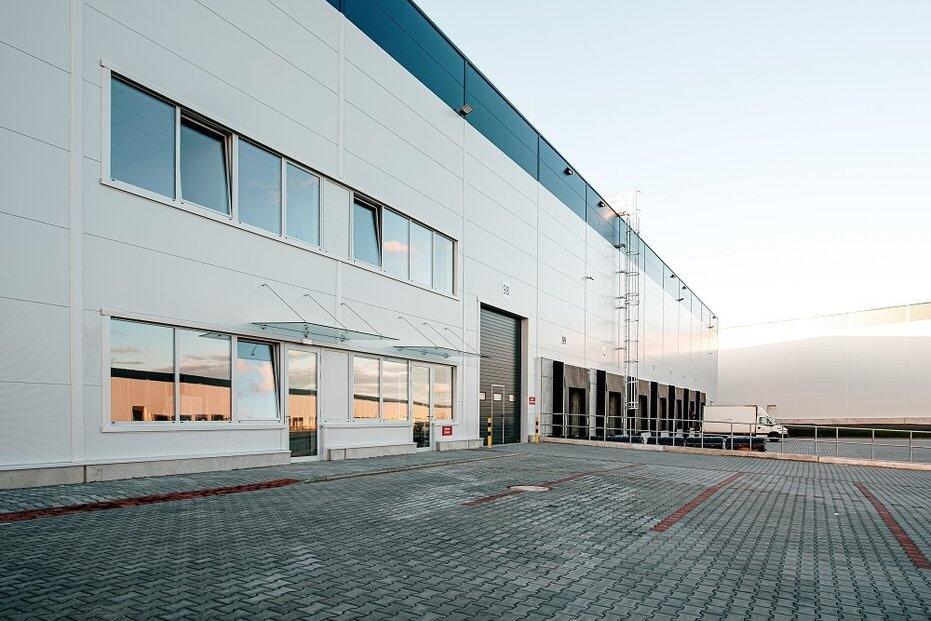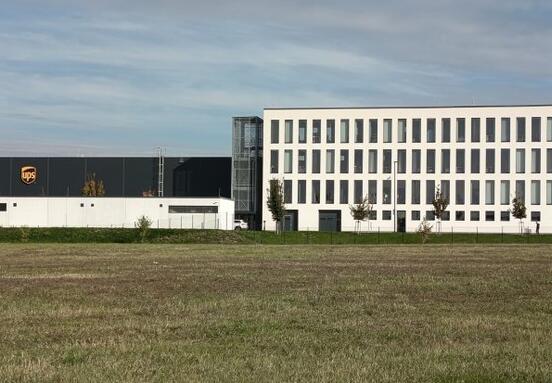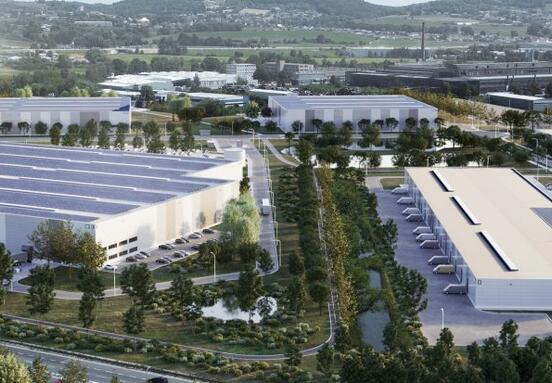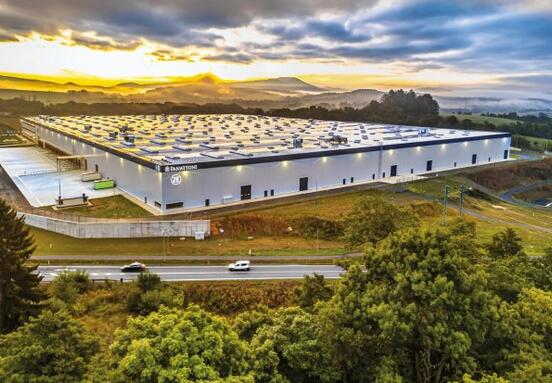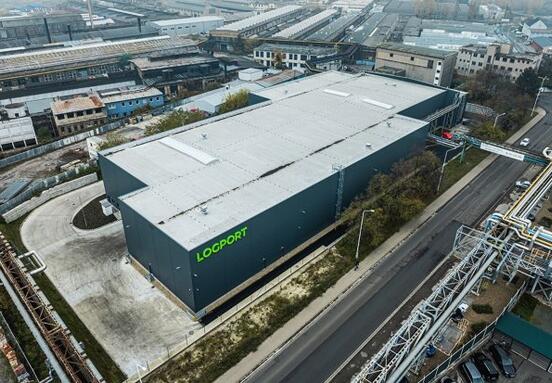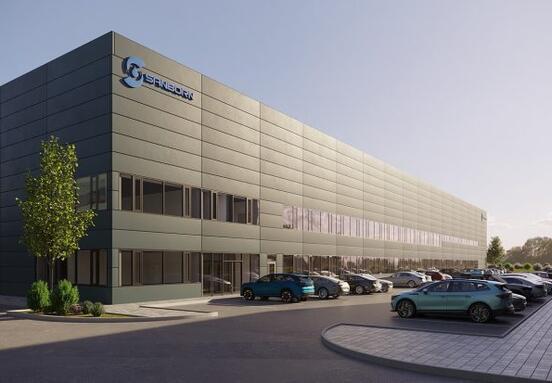It's all about communication and empathy, it's often said and popular today. This winged sentence can also be applied to the cooperation between the developer and the client, ie the future tenant of logistics space. Mutual communication and mutual understanding of needs are essential. "The developer should understand the real needs of the end user and not try to 'screw' him into his standard solutions - whether it's the heights of buildings or their technical or financial parameters. On the other hand, the customer/user must understand that a good project requires quality preparation and is time consuming, "notes Tomáš Novotný, head of asset management in the Arete group.
The optimization of the solution can be performed only at a time when the project is still on the so-called paper, ie nowadays rather in a virtual environment for designers. "During the construction itself, it is possible to implement only partial modifications and any change to the project is usually very expensive at this stage," adds Tomáš Novotný.
With regard to possible expansion
Within the BTS project, it is necessary to start with a suitable location of the building on the land, which must reflect the specific needs of the client in terms of transport infrastructure, requirements for the organization of paved areas and requirements for future expansion of its operation. "This is followed by the definition of the building as such, ie the number of cargo bridges and entrance gates, the grid of columns and the clear height of the building, the location and size of the administrative part," says Martin Budina, Contera's project director, adding: the correct proportions of the building and individual rental units and the construction readiness of any additional installations and modifications related to the client's expansion or the arrival of a new client. "
A clear idea of the client regarding the requirements and demands for future operation is an advantage. "In the case of production, it is necessary to specify the required power input so that it can be provided by the developer in cooperation with the electricity supplier. It is necessary to approach the required layout of the warehouse/production as well as administrative premises, specify the number of employees in operation and also administrative workers, as well as the ratio of men and women due to social background, "says Lucie Řezníčková, associate in Colliers' industrial department.
Standard versus above standard
The currently supplied standard of most developers can cover a wide range of logistics requirements, namely a floor load capacity of 5 tons per square meter, a clear height under the truss of 10 meters, increased brightness in the area of receipt/dispatch of goods or flexible installation. "Possible points where later modifications can be complicated and costly include, of course, those where the main infrastructure of the building needs to be changed - especially the warehouse floor, load-bearing columns or roof layout," describes Robert Sgariboldi. While, for example, adding skylights or changing the layout of ceiling lights for the tenant's operation is still a relatively feasible and normal activity, increasing the load-bearing capacity of the floor, adding loading ramps or changing the building height (within the permit) are a time-consuming and costly project.
"A specific point is the completion of mezzanines, especially for halls with a clear height of 10 meters and more. Many developers predictably use, for example, prefabricated steel around the facades of the warehouse. It's all about communication and empathy, it is now often and popularly said. This winged sentence can also be applied to the cooperation between the developer and the client, ie the future tenant of logistics space. Mutual communication and mutual understanding of needs is essential. "The developer should understand the real needs of the end user and not try to 'screw' him into his standard solutions - whether it's the heights of buildings or their technical or financial parameters. On the other hand, the customer/user must understand that a good project requires quality preparation and is time-consuming, "notes Tomáš Novotný, head of asset management in the Arete group.
The optimization of the solution can be performed only at a time when the project is still on the so-called paper, ie nowadays rather in a virtual environment for designers. "During the construction itself, it is possible to implement only partial modifications and any change to the project is usually very expensive at this stage," adds Tomáš Novotný.
With regard to possible expansion
Within the BTS project, it is necessary to start with a suitable location of the building on the land, which must reflect the specific needs of the client in terms of transport infrastructure, requirements for the organization of paved areas and requirements for future expansion of its operation. "This is followed by the definition of the building as such, ie the number of cargo bridges and entrance gates, the grid of columns and the clear height of the building, the location and size of the administrative part," says Martin Budina, Contera's project director, adding: the correct proportions of the building and individual rental units and the construction readiness of any additional installations and modifications related to the client's expansion or the arrival of a new client."
A clear idea of the client regarding the requirements and demands for future operation is an advantage. "In the case of production, it is necessary to specify the required power input so that it can be provided by the developer in cooperation with the electricity supplier. It is necessary to approach the required layout of the warehouse / production as well as administrative premises, specify the number of employees in operation and also administrative workers, as well as the ratio of men and women due to social background, "says Lucie Řezníčková, associate in Colliers' industrial department.
Standard versus above standard
The currently supplied standard of most developers can cover a wide range of logistics requirements, namely a floor load capacity of 5 tons per square meter, a clear height under the truss of 10 meters, increased brightness in the area of receipt / dispatch of goods or flexible installation. "Possible points where later modifications can be complicated and costly include, of course, those where the main infrastructure of the building needs to be changed - especially the warehouse floor, load-bearing columns or roof layout," describes Robert Sgariboldi. While, for example, adding skylights or changing the layout of ceiling lights for the tenant's operation is still a relatively feasible and normal activity, increasing the load-bearing capacity of the floor, adding loading ramps or changing the building height (within the permit) are a time-consuming and costly project.
"A specific point is the completion of mezzanines, especially for halls with a clear height of 10 meters and more. Many developers predictably use, for example, prefabricated columns around the facades of the warehouse with the possibility of additional completion, whether mezzanines for handling goods or easy completion of office or social facilities, "continues Robert Sgariboldi. Developers often take this step even in cases where the original client does not want such options - the developer looks at the building in the time horizon of 20 or more years and thinks during the construction of any other tenants who may have for their operation in the future other use.
Efficiency and sustainability as priorities
In any case, when assessing the overall investment intensity of the project, the efficient operation of the property for a very long time and the associated operating costs must not be forgotten. "The developer, in cooperation with the tenant, should always properly calculate the suitability, benefit and especially the economy of specific technical and technological elements. In accordance with the interests of sustainability and the 'lean approach' of most companies, only effective and operational-necessary solutions should be implemented, ”points out Tomáš Novotný.
Source:// Systémy logistiky
